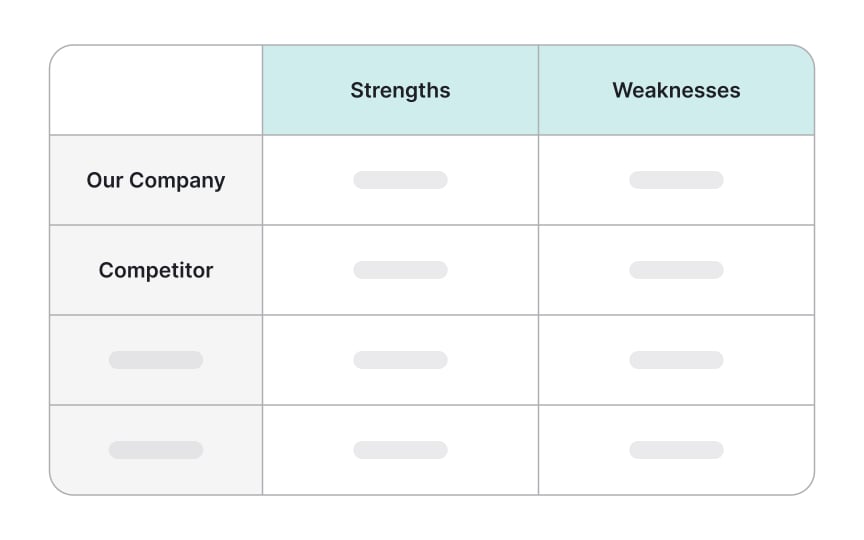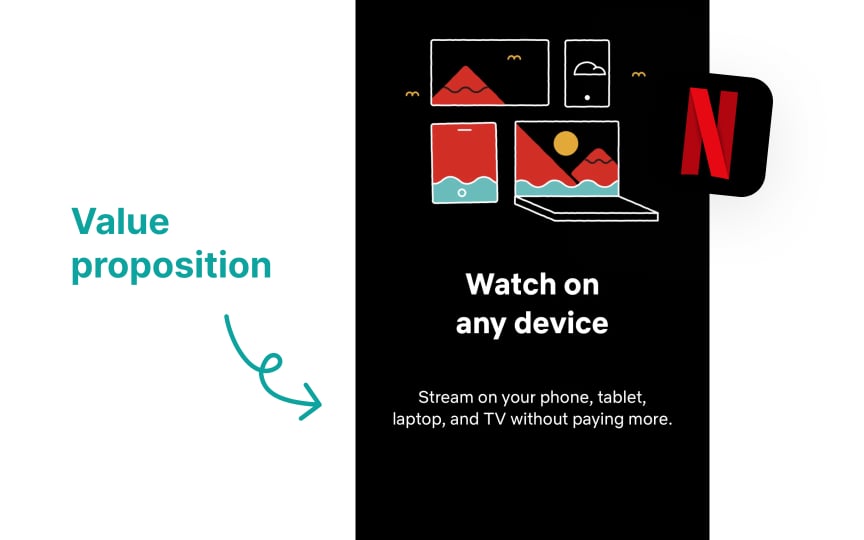Impact Assessment
Learn how to measure and analyze key metrics before and after product changes to quantify their business impact
Every click, scroll, and interaction tells a story of how users respond to product changes. Impact assessment pierces through the noise of digital footprints to reveal clear signals of success or needed improvements. Experimentation and measurement sit at the heart of product evolution, where metrics become the compass guiding teams toward better user experiences. Modern analytics tools capture thousands of data points, but knowing which signals matter separates effective impact analysis from data overload. From conversion lifts to engagement dips, these digital breadcrumbs paint a picture of real user behavior in response to product modifications. Statistical rigor combined with business context transforms raw numbers into actionable insights, helping teams validate assumptions and challenge intuitions about what truly works for users.
Return on Investment (ROI) measures the financial value generated by product changes relative to their implementation costs. This metric helps product teams justify investments and prioritize future developments based on tangible business outcomes. Each measurement considers both direct financial gains through increased revenue or cost savings and indirect benefits like improved user satisfaction or operational efficiency.[1]
Traditional ROI calculations focus solely on monetary aspects, but modern product analytics expands this view to include user-centric metrics. The speed at which users achieve their desired outcomes, user adoption rates, and engagement metrics provide a comprehensive picture of investment returns. These indicators help teams understand both short-term gains and long-term strategic value.
ROI measurement requires establishing clear baseline metrics before implementing changes and tracking performance consistently afterward. Account for factors like seasonal variations, market conditions, and concurrent product updates that might influence results.
Product teams often face decisions about removing outdated or unused features to maintain a lean, efficient product. Feature deprecation analysis helps make these decisions through data rather than gut feelings.
Understanding user behavior patterns reveals the real value of features. Analytics helps identify how many users actively use the feature, its maintenance cost, and potential impact of removal. Teams can then prioritize which features to deprecate based on their usage-to-maintenance cost ratio. For example, a team might discover their old PDF export feature is only used by 0.1% of users but consumes 10% of maintenance resources.
This data-driven approach ensures teams preserve valuable features while confidently removing those that no longer serve user needs.
Cost-benefit tracking quantifies both the investments and returns of product changes to guide decision-making. Teams can monitor direct costs like development hours, infrastructure expenses, and marketing spend against benefits such as increased
Regular monitoring helps identify both quick wins and long-term value creation. Teams can track immediate metrics like error rates and user completion times alongside sustained benefits like customer lifetime value. This balanced view prevents teams from optimizing for short-term gains at the expense of long-term success.
Effective tracking also requires setting clear measurement periods and success thresholds before implementation. Account for both positive metrics like increased engagement and potential negative impacts like temporary drops in performance during user adaptation.
Performance benchmarking sets measurable standards for product success by comparing key metrics against industry standards, competitors, and internal goals. This process moves beyond simple metric tracking to establish meaningful performance targets. For example, if the industry average page load time is 3 seconds, teams might benchmark their performance against this standard.
Product teams can use both internal and external benchmarks to drive improvements. Internal benchmarks track progress over time, like comparing current
Good benchmarking requires selecting relevant metrics and comparable reference points. For example, a B2B software product might benchmark customer acquisition costs against similar enterprise solutions rather than consumer apps to ensure meaningful insights.
Impact forecasting predicts the potential outcomes of product changes before implementation. This data-driven approach combines historical performance data with market analysis to estimate future impact. For example, analyzing past feature launches might show that major UI changes typically cause a 5% temporary drop in user engagement before improving by 15%.
Product teams can use these predictions to set realistic goals and prepare for potential challenges. Historical data from similar changes helps estimate adoption rates, learning curves, and expected performance improvements. This information guides resource allocation and helps teams plan appropriate support during transition periods.
Accurate forecasting requires understanding both direct and indirect effects of changes. For instance, a platform redesign might directly impact user engagement while indirectly affecting customer support load, server costs, and team productivity.
Resource utilization tracks how efficiently a product uses technical and human resources to deliver value. Teams monitor key metrics like server load, database performance, and team capacity to optimize operational
Effective monitoring helps prevent resource bottlenecks and unnecessary costs. Teams can track usage trends to identify opportunities for optimization, like moving resource-heavy operations to off-peak hours. This proactive approach helps maintain performance while controlling costs.
Moreover, regular analysis of resource metrics lets you make informed scaling decisions like when to upgrade infrastructure, redistribute workload, or optimize existing systems.
Quality indicators measure how well a product meets user expectations and technical standards. Key metrics include system uptime,
Quality monitoring requires balancing multiple performance aspects. Teams can track technical metrics like load time and crash rates alongside user experience indicators such as task completion rates. This comprehensive view helps identify areas where technical performance affects user success.
When tackling multiple issues, focus on quality issues that block core user journeys — a minor bug in a critical path needs more attention than a major bug in a rarely-used feature. For example, when monitoring shows a 5% login failure rate compared to 2%
Strategic alignment means ensuring product changes support business goals. When evaluating a new feature, start with your company's main goal — like "grow enterprise customers by 40%." Then ask: Will this feature help enterprise customers solve their biggest problems? Track specific numbers like how many enterprise users adopt the feature in the first month and whether it helps close enterprise deals faster. For example, if a team adds single sign-on (SSO) to their product, they should measure how many enterprise trials convert to paid accounts after using SSO compared to before. This shows whether the feature actually helps achieve the business goal of enterprise growth.
Pro Tip: Before building a feature, write down exactly which business goal it supports and how you'll measure it.
Competitive analysis requires structured research and user feedback to drive informed decisions. A simple SWOT analysis framework can help evaluate the strengths, weaknesses, opportunities, and threats of your company and its competitors systematically.[3] This can be done at key moments, such as before major product launches or updates, periodically (e.g., quarterly), or when exploring new markets or segments.
Key data sources include:
- Financial reports: Analyze competitor investments and growth trends, such as annual reports showing increased R&D spending.
- Market research: Identify industry trends and emerging opportunities, like surveys revealing growing demand for eco-friendly products.
- Social media and reviews: Monitor user sentiment and competitor feedback, such as Twitter discussions praising or criticizing a new feature launch.
- App store feedback: Gather specific feature requests and pain points, like reviews highlighting the absence of offline functionality.
Combining quantitative market data with qualitative user feedback enables teams to validate opportunities and prioritize effectively, ensuring product development aligns with market demands and user expectations.
Value proposition tracking measures how well your product delivers on its core promises through quantifiable data. For example, when a product markets itself as "the fastest way to schedule meetings," teams can track metrics like average time spent in the scheduling flow and calendar integration success rates. If users consistently schedule meetings in under 30 seconds and calendar syncs work 99% of the time, the product is delivering on its speed promise. If these metrics drop, teams know they need to investigate scheduling bottlenecks.
Customer behavior further reveals whether features provide real value. High adoption rates of premium scheduling features, combined with strong renewal rates, indicate users find enough value to keep paying. Low usage of certain features might signal a gap between promised and actual value.
References
- Calculating ROI for Design Projects in 4 Steps | Nielsen Norman Group
- How to Perform a SWOT Analysis | Investopedia
Topics
From Course
Share
Similar lessons

Analytics Strategy & Planning
Data Collection & Tracking



















